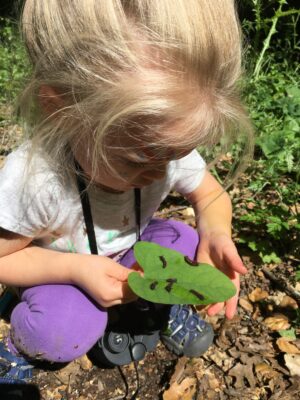Dear Friends and AEL Partners:
This is breaking news: The Center for Biological Diversity has settled its lawsuit with Placer Ranch, Inc.
AEL provided the following comment on the settlement to area media:
For Immediate release:
The Alliance for Environmental Leadership is really pleased that the Center’ for Biological Diversity’s legal challenge to Placer Ranch project approval and EIR has settled . The $6 million settlement will cause the developer to implement CO2 reduction measures within the project area and in underserved communities across the State. The nature of CEQA law and the intricacies associated with lawsuits on a CEAQ documents’ adequacy, makes this settlement a big win for people and nature.
The fact that the 300 acre ‘university site’ within Placer Ranch cannot be developed for purposes other than education, cultural or environmental uses is also a big win. The vernal pool habitat there will likely survive.
And something else that is significant is that the developer promised at the public hearings that the price point for new housing will be $370,000-400,000. As long as the County holds the developer to this promise, Placer Ranch may finally cause Placer County to meet its affordable and middle income housing obligations through SACOG’s Regional Housing Needs Allocation.
This is a still a sprawl development inside of the County’s landfill odor zone. The site’s suitability for residential use is still in question. The cost to mitigate for smell is pegged at $19 million and the health impacts of persistent odors and likely airborne carcinogenic particles is undetermined. The County and Landfill Authority promised that garbage collection rates would not increase to fund smell and health mitigations for Placer Ranch.
As you see there are still major issues with the Placer Ranch project, outside of this litigation-not the least of which is CSU’s decision to build no more campuses.
While we would have loved to see smart-growth innovation instead of sprawl, this was not a part of the Center’s legal challenge. On issues that were a part of the legal challenge, we see a big upside to the settlement – its CO2 reduction measures and housing affordability. We support the settlement and thank the Center for Biological Diversity for bringing progressive change to our County through the solar and electric vehicle elements of the settlement and generating funding for conservation of lands and environmental advocacy.
Placer Ranch is only 20% of the Sunset Area Project. The Center and AEL will continue to monitor development in the balance of the site for the benefit of people and wildlife.
Together, we’re a stronger voice.
Leslie Warren, Chair
Alliance for Environmental Leadership
|
||||||
| The Center for Biological Diversity is a national, nonprofit conservation organization with more than 1.7 million members and online activists dedicated to the protection of endangered species and wild places. |
If you would rat







